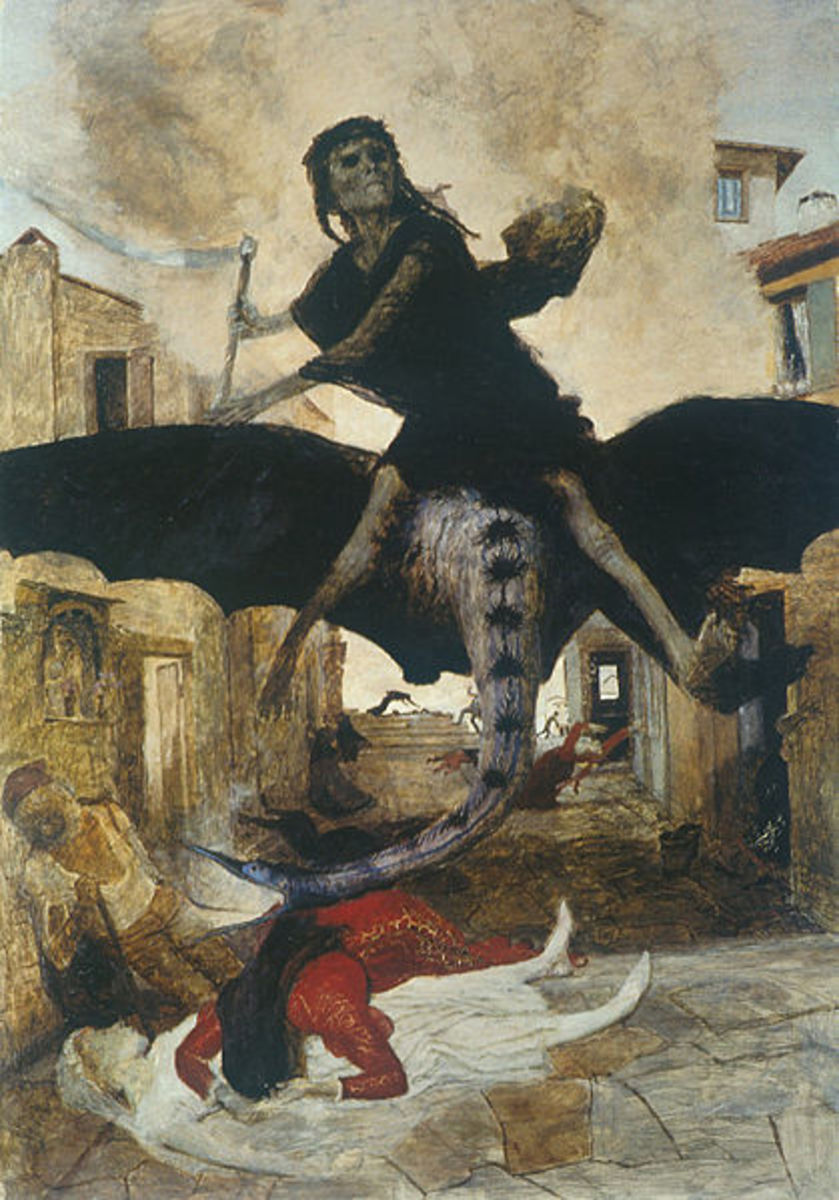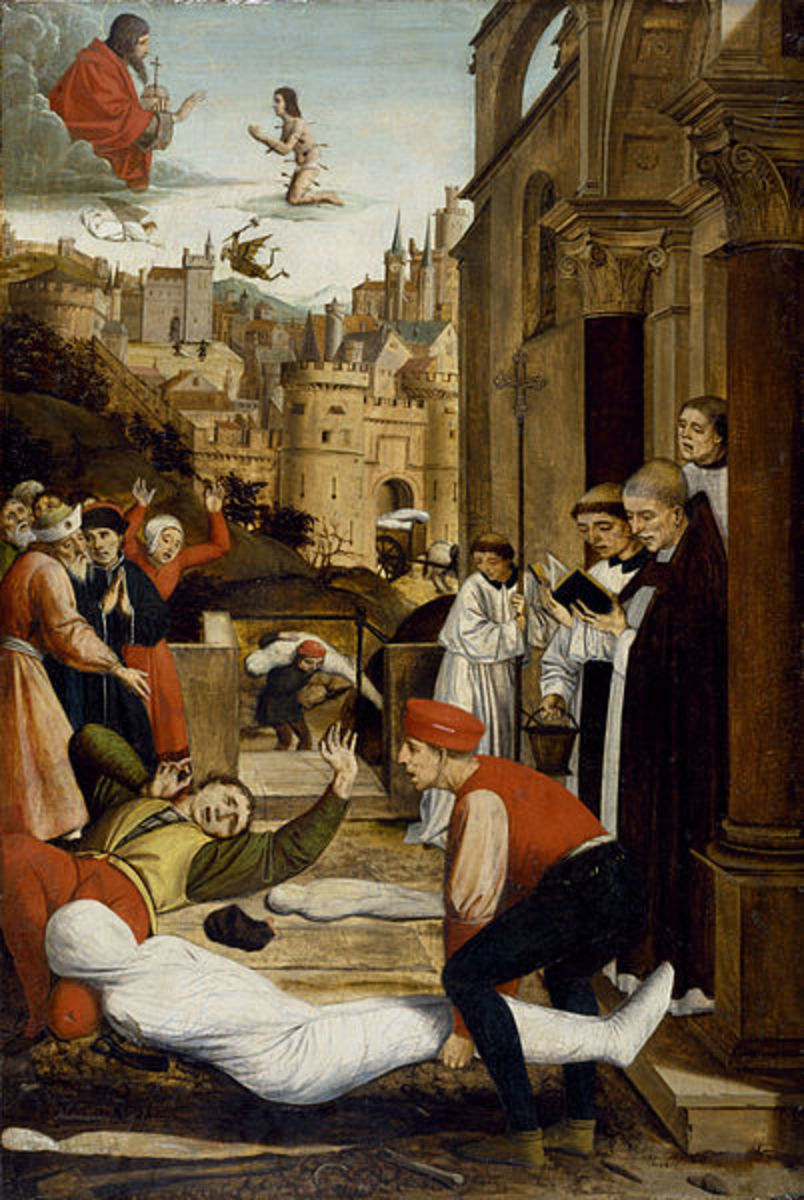Ten Worst Pandemics from History
Plagues and Pandemics
Every year we face a new supposed Pandemic threat, usually from somewhere far off, that is going to wipe us all out unless something is done about it. In recent times we have had Bird Flu, Swine Flu, Ebola and the Zika Virus. None of these have amounted to as much as we thought they might, but there is historical precendence. Pandemics have happened to the human population at regular intervals, killing millions and changing the way the world worked. This article will look at the top ten of these,both historical and current, in chronological order.
10. The Plague of Athens 430 BCE
The Plague of Athens struck the city hard during the Pelopponesian War with Sparta. It is estimated to have killed between 1/3rd and 2/3rds of the city's inhabitants, like the Antonine Plague, claiming the life of Pericles, the leader of Athens. The site of funeral pyres burning throughout the city did at least cause the Spartans to withdraw their troops for fear of catching the disease.
Because of the seeming randomness of the killing, the plague caused a crisis of religious confidence amongst the Athenians, feeling the gods had left them and that the gods favoured Sparta in the War.
Initially it was thought to have been an outbreak of bubonic plague, but more recent investigations, including DNA analysis suggest it could more likely have been Typhus or viral hemorrhagic fever. There are some theories that suggest it could have been an outbreak of Ebola!
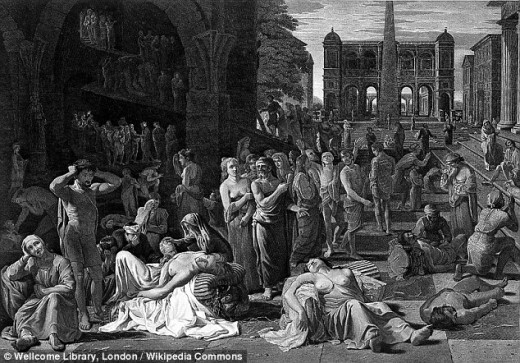
9. The Antonine Plague 165-180AD
The Antonine Plague, sometimes call the Plague of Galen, as Galen was the person to first describe it was either an outbreak of measles or smallpox. It is likely to have been brought back to the Roman Empire by troops returning from Campaign in the Near East. No respecter of rank, the plague took the lives of two Roman emperors — Lucius Verus, Marcus Aurelius Antoninus (Antoninus, giving his name as well as his life to the epidemic). It is thought to have killed one quarter of those infected, rising to as high as 2000 people a day in Rome at one point.
In total, it is estimated to have killed up to five million people, with as much as one-third of the population in some areas, and cutting through the Roman army. The epidemic had drastic social and political effects throughout the Roman Empire, impacting Romes ability to maintain its borders.
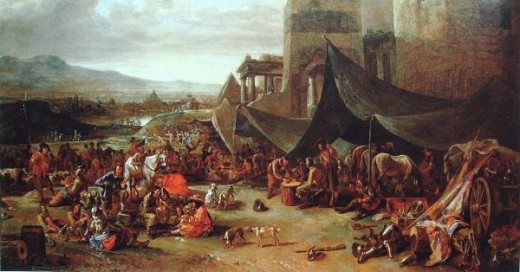
8. The Plague of Justinian 541-542AD
The first of the documented great Plagues to sweep across the globe. The Plague of Justinian was a pandemic that afflicted the Byzantine Empire, including its capital Constantinople, in the years 541–542 AD.
The most commonly accepted cause of the pandemic is bubonic plague, which later became infamous for either causing or contributing to the Black Death of the 14th century. Its social and cultural impact is comparable to that of the Black Death. In the views of 6th century Western historians, it was nearly worldwide in scope, striking central and south Asia, North Africa and Arabia, and Europe as far north as Denmark and as far west as Ireland. The plague would return with each generation throughout the Mediterranean basin until about 750. The plague would also have a major impact on the future course of European history. Modern historians named it after the Eastern Roman Emperor Justinian I, who was in power at the time and himself contracted the disease. Modern scholars believe that the plague killed up to 5,000 people per day in Constantinople at the peak of the pandemic. It ultimately killed perhaps 40% of the city’s inhabitants. The initial plague went on to destroy up to a quarter of the human population of the eastern Mediterranean.

7. The Black Death 1346 - 53 AD
Perhaps the plague that it best known and possibly most devastaing in human history. Estimates put the death toll at between 75 and 200 million across the whole of Eurasia.
Occurring between 1346 an 1353, the Black Death is thought to have originated out of central Asia and spread through the silk road trade routes and borne further by black rats on merchant ships.
The Black Death was bubonic plague, characterised by pustulating buboes in the groin, neck and armpits followed by acute fever and vomiting blood.
The effect of the black death was devastating. It is thought that the population of Europe did not recover until the 17th century. The impact on the feudal structure, due to lack of available manpower and therefore increase in wages and individual freedoms, may have been the early beginnings of capitalism.
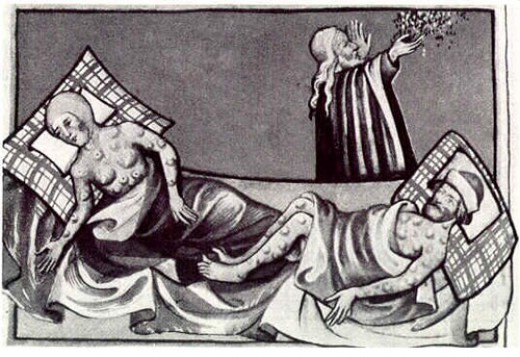
6. The Great Plague of London 1665-66
Another outbreak of the bubonic plague, the Great Plague of London in 1665 was the last major epidemic to occur in England.
Killing around a quarter of the population of London (100,000 people), it caused widespread panic at the time, leading to people fleeing the city and potentially spreading it earlier.
Some interesting public health measures were enacted, including culling the city's cat and dog populations. This may have increased the spread of the disease by killing off the very thing that kept the rat population down.
Eventually, the plague was seemingly killed off by the Great Fire of London in 1666 and there has not been a major outbreak in the UK since
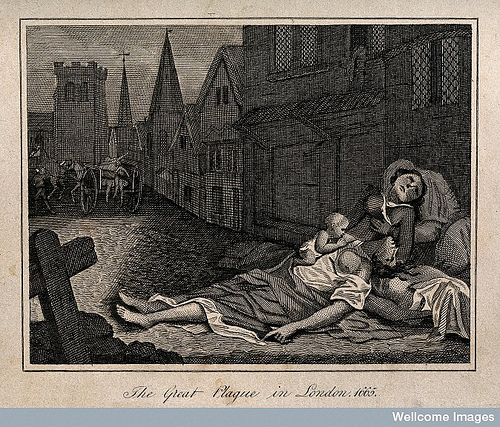
5. The American Plague 16th and 17th Centuries
Before the European arrival, the Americas had been largely isolated from the Eurasian–African landmass. The first large-scale contacts between Europeans and native people of the American continents brought overwhelming pandemics of measles and smallpox, as well as other Eurasian diseases. These diseases spread rapidly among native peoples, who had no immunity to them, often running ahead of actual contact with Europeans.
This led to drastic drops in native populations and the collapse of American cultures. Some estimates put the depopulation at around 90%. Smallpox and other diseases invaded and crippled the Aztec and Inca civilizations in Central and South America in the 16th century. This disease, with loss of population and death of military and social leaders, contributed to the downfall of both American empires and the subjugation of American peoples to Europeans.
It wasn't all one way though. Syphilis was carried back from the Americas and swept through the European population, decimating large numbers.
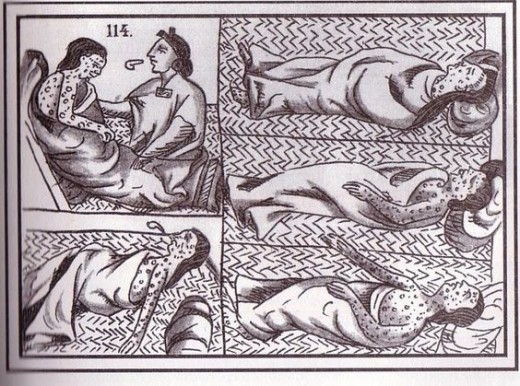
4. The "Third" Pandemic 1855 - 1959
“Third Pandemic” (the Justinian Plague and Black Death being the first and second) is the name given to a major plague pandemic that began in the Yunnan province in China in 1855. This episode of bubonic plague spread to all inhabited continents, and ultimately killed more than 12 million people in India and China alone. According to the World Health Organization, the pandemic was considered active until 1959, when worldwide casualties dropped to 200 per year. The bubonic plague was endemic in populations of infected ground rodents in central Asia, and was a known cause of death among migrant and established human populations in that region for centuries; however, an influx of new people due to political conflicts and global trade led to the distribution of this disease throughout the world. New research suggests Black Death is lying dormant.
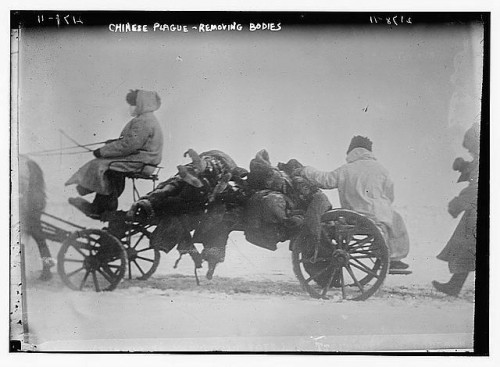
3. The Spanish Flu - 1918
Spanish Flu is the name given to the deadly flu pandemic of 1918 that killed between 50 and 100million people.
Most Influenza pandemics affect the young and old most significantly. What was unusual about the Spanish flu was how it affected previously healthy young adults.
After the devastation of the first world war, the spanish flu actually killed more people than the fighting. The desire to maintain troop morale towards the end of the war may have unwittingly contributed to its spread. The name Spanish Flu was given to suggest that it was unusually prevalent in Spain, which was not actually the case.
The virus came in two waves and then suddenly died out at the end of 1918. It is now thought it mutated into a less lethal strain, which is common in influenza viruses as the hosts of the more lethal version die off, unable to pass on the disease.
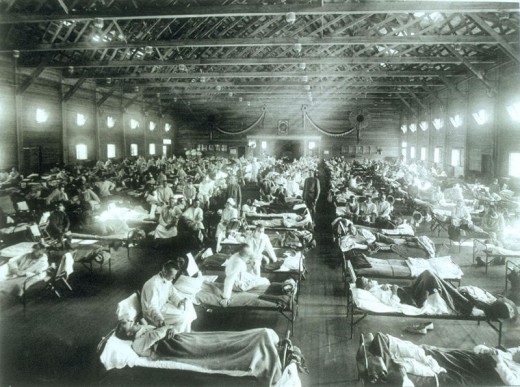
2. AIDS/ HIV
Perhaps the greatest modern day pandemic (the word plague has so many unpleasant connotations that it's best not to use it here) is AIDS/HIV which first started to appear in the west in the 1980s.
HIV/ AIDS is believed to have originated in Sub -Saharan Africa in the 19th or early 20th Century, most likely mutating from a disease affecting non-human primates and potentially crossing over through Bushmeat sellers.
It is thought to have caused the deaths of around 39 million people worldwide with around 37 million people currently living with AIDS/ HIV. This pandemic is much more problematic in poorer countries where access to treatment and preventative education are much worse.

1. Malaria
The greatest killer of man throughout history has been malaria. In 2015 Malaria was responsible for between 400,000 and 1,000,000 deaths, over 90% of these in Africa. Some claim that Malaria may have been responsible for half of all human deaths in history, which could put the figure at something like 50 billion!
Malaria has been mentioned throughout history in many forms. It has been found evident in the remains of early human settlements. It went by a few names in antiquity, such as Quotidian Fever. It was so pervasive in Rome that it was known as Roman Fever.
The first effective treatments came through contact with indigenous tribes in Peru in the late 19th Century, discovering Quinine in the bark of the cinchona tree (Quinine is still an ingredient in some Tonic Waters today, first developed to save the lives of intrepid European Explorers).
The Bill and Melinda Gates foundation are at the forefront of tackling Malaria today by campaigning for simple prevention measures such as mosquito nets and the development of Vaccines.
There are suggestions that Malaria is one of the biggest reasons for lack of economic development in Sub Saharan Africa. Given that it is resource rich, and highly populated, this could explain its relative underperformance compared to other parts of the world.
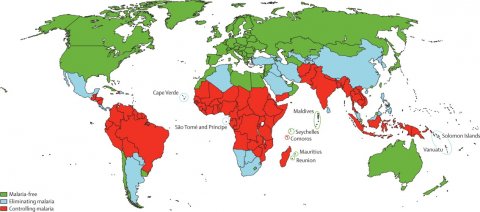
The Next Pandemic
With the regular occurrence of these plagues or pandemics, we should be expecting another one to hit any time soon.
The question is, has the World Health Organisation got better at spotting, localising and eradicating these? Or have we just got lucky so far?
Will Bird Flu, Ebola or the Zika Virus mutate and wipe out millions? Or are there other candidates yet to arrive on the scene. What do you think will be the next pandemic?


